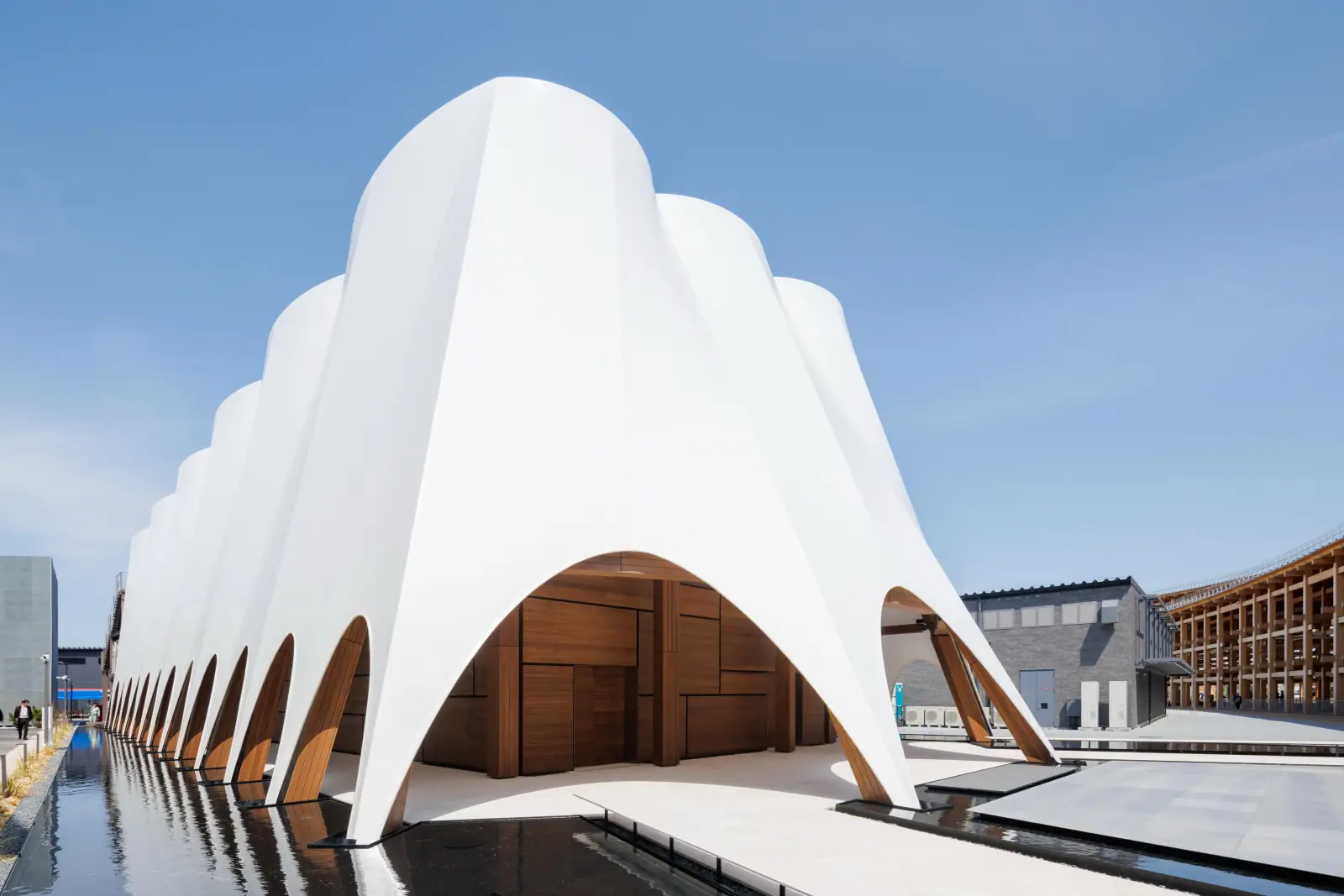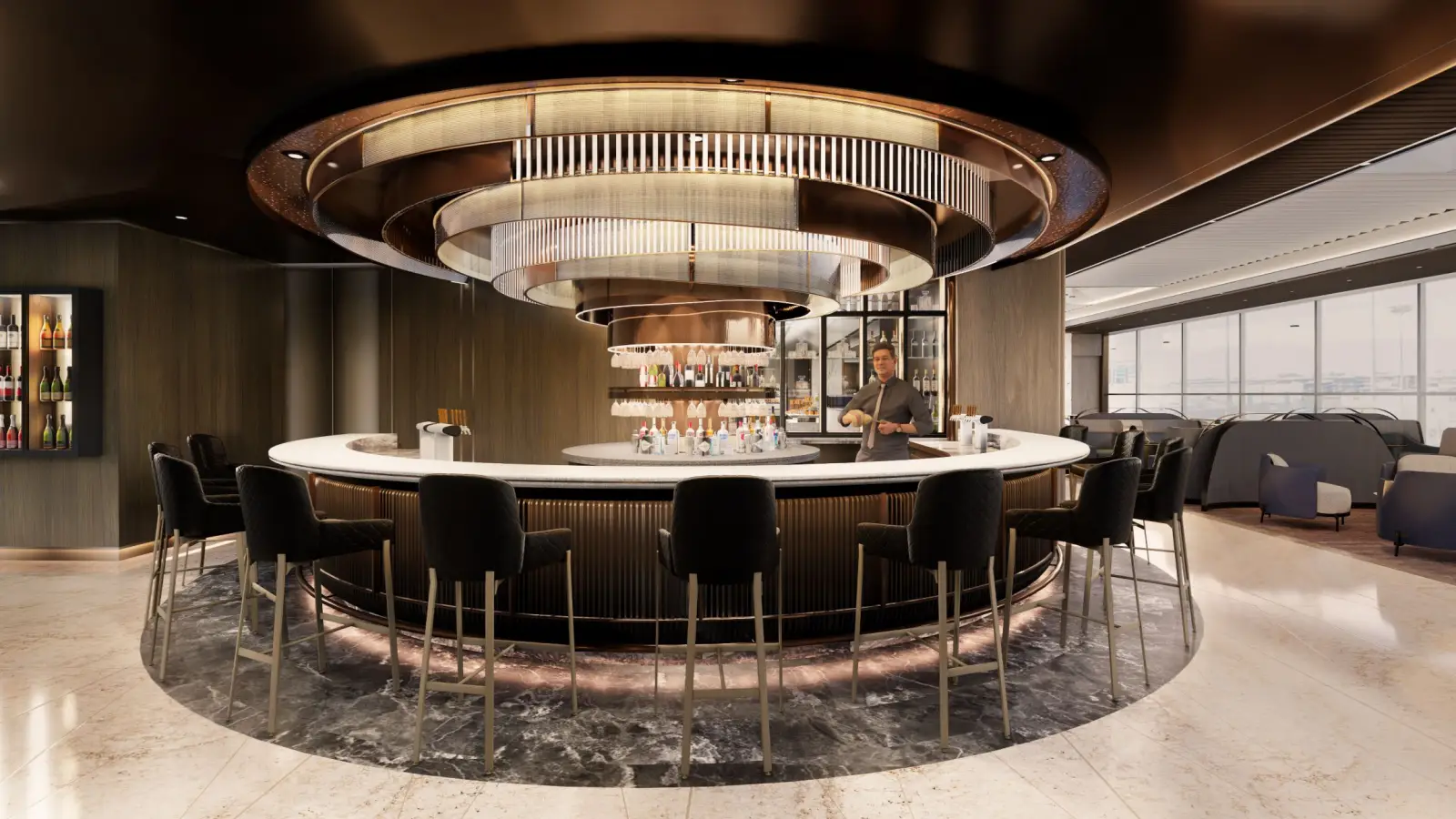Today’s guests are not waiting for hoteliers to catch up when it comes to their in-room entertainment needs. And historically, hotels and resorts are slower to adopt new technology than consumers are to. Hotel Internet Services’ white paper revealed trends for guestroom amenities and entertainment.
Entitled “Putting the Guest Back into Guestroom Entertainment.” the white paper leverages recent survey data conducted on more than 500 guests and 200 hoteliers to provide readers with a clearer picture of what is expected from today’s hospitality industry in terms of convenience, service quality and data privacy.
While enhancing the guest experience has certainly remained a top priority among hoteliers in their goal to increase booking rates, a need to balance budgets has often grounded efforts to enhance services with the need to keep expenses at a minimum. Yet, with advances in mainstream technology having equipped consumers with applications that are accessible from anywhere in the world, hoteliers now have a need to reassess the adoption of new consumer innovations and consider them as guestroom amenities. As more guests look to their own devices and subscription-based online services when traveling, this newfound ability by guests to enhance their own satisfaction has often come at the expense of hotel services and revenue.
The newly released white paper reveals that more than half of today’s guests prefer to stream their own content from subscriptions such as Hulu or Netflix, with many hoteliers eliminating their VOD services entirely. Also of note is the fact that a majority of guests would seek out a property with a guestroom entertainment platform that allows them to wirelessly cast content from personal devices onto larger guestroom television screens. To adept hospitality professionals, such a wide-ranging preference can serve to open up a valuable hotel-to-guest communications channel that is more aligned with contemporary demands for instant service and access to information.
Nowhere is this perhaps more apparent than in the area of guestroom amenities and entertainment, where the ability of today’s guests to instantly access online services and enjoy their own content such as Netflix or Hulu, has resulted in the almost complete abandonment of services video-on-demand; once a reliable source of hotel revenue. However, rather than remaining complacent with this growing trend, hoteliers can also leverage advances in technology to re-connect with their guests. Using the latest innovations in guestroom entertainment and communication, hoteliers can simultaneously provide amenities that cater to online and faster-paced lifestyles, while not only replacing outdated and diminishing revenue sources but creating new ones altogether. What follows are findings based on a HIS survey conducted with 565 guests and 207 hoteliers across the U.S., with respondents providing crucial feedback on what they expect and value the most in a modern guestroom entertainment and communications system.
The fact that consumers are now able to bring and access online and cloud-based services such as Netflix wherever they travel, it is inevitable that hotel operations would be affected. An obvious first causality has been a universal decrease in video-on-demand (VOD) sales, with the HIS survey revealing that 64 percent of guests prefer to stream content from personal subscriptions, versus just 36 percent who opted for VOD services. Reinforcing this finding is a trend identified by PFK Hospitality Research, showing more hotel brands eliminating VOD offerings as a result of revenue declining by more 56 percent from 2007 to 2012. In fact, when asked by the HIS survey, a mere 9.8 percent of hotelier respondents believed that VOD services could continue to generate revenue. Yet in a sizeable contrast, 90 percent the of same hoteliers believed that guests would be far more interested in being able to stream their own online subscriptions via guestroom televisions.
With 54 percent of guests surveyed indicating that they would seek out a guestroom entertainment platform that allows them to wirelessly cast their own content onto guestroom televisions, the potential for hoteliers to leverage this new demand certainly exists.
In their homes, consumers are increasingly finding television-based platforms that not only allow them to access personal content but also allow them to check the weather, see who is ringing the doorbell, lower the thermostat and even order a pizza. When staying at a hotel, guests are undoubtedly bringing their preference for such enhanced convenience and multi-functionality with them. When asked by HIS for example, in addition to indicating a desire for wireless casting abilities, 65 percent of guests pointed out that they would also like to have the option of using guestroom televisions to surf the internet. Another 53 percent sought out the ability to use televisions as a means to view their bill or check out, a feature that provides guests with the instant service that they increasingly seek, while also offering hoteliers the possibility of reducing staff workloads and associated costs.
Perhaps of most interest to hoteliers is the HIS survey findings that demonstrate a significant guest interest in using an entertainment system to access revenue-generating services. When presented with a list of features that they would like included within one all-encompassing platform, 42 percent wanted the ability to order additional amenities, such as in-room dining or making dinner reservations. Yet another 39 percent voiced their preference to use a guestroom television to view hotel information on available services, such as spa, bar, gym and gift shop hours. With guest demands for instant service likely to continue increasing, these survey results further demonstrate that it is not just about what kind of services a hotel offers that determine whether revenues increase; it is also about how a property promotes them, with efforts made to conform to evolving preferences in guest-to-hotel interaction being a vital aspect. With the latest in-room entertainment platforms offering full customization options on which services hoteliers want to make available via a television screen, along with even the possibility of uploading promotional videos to further incentivize guests, such technology opens up a new method of faster communication that fully caters to today’s personalized and online-driven lifestyles. Crucially, it also offers a virtually limitless potential in driving up alternate revenue source numbers.
As with most technology that offers personalized service, in-room entertainment systems function by providing guests with the ability to input personal details, such as logins, passwords, and user preferences. And it brings to mind the security issue. Risk of data and identity theft is one of the top concerns. According to the survey, 65 percent of guests were highly concerned about inputting personal data into a guestroom’s television, with a further 30 percent stating that they were somewhat concerned.
An effective solution for data security, for example, should offer guests the ability to delete all personal data and online browsing history at any moment that they choose. For enhanced security, hoteliers should also consider a platform that automatically deletes all user data upon guest check-out.
“Impressive advancements in mainstream entertainment and communications technology have taken place during just the last decade, and as an industry that caters to mainstream consumers, the hospitality market must adapt in order to continue meeting guest expectations and earning their business,” says Gary Patrick, CEO of Hotel Internet Services. “Yet while many hoteliers are aware that innovations such as content streaming and voice control are gaining in popularity, a sizeable number are still unaware of how such technology fits into the hospitality space. By analyzing detailed feedback from hotelier peers and guests, our latest white paper not only explains how and why these trends are affecting the industry but also provides valuable insight into what hotels can actually do to incorporate streaming and voice control in a way that is affordable and that ultimately serves to enhance profitability.”
Although still a relatively new technology, virtual assistants and the ability to manage amenities using voice control have already gained considerable traction among guests, according to HIS research. For example, the report notes that 60 percent of guests would be likely to use such a functionality if made available. With guests again indicating a desire for a multifunctional solution, various features were ranked highly that should be included as a voice-activated service, including the ability to control in-room amenities, such as televisions, thermostats, and lighting. Further strengthening the potential to increase in-room amenities is the fact that many also stressed the convenience-enhancing ability of virtual assistants when requesting additional hotel services.
Given the popularity of Amazon’s Alexa or Google Home in the mainstream consumer market, voice-activated assistants are best viewed in that, like content streaming and wireless casting, they offer increased potential for instant, more convenient and even greater personalized service. Yet when surveyed by HIS, 92 percent of hoteliers conceded that they currently do not offer either Alexa or Google Home in their guestrooms. This stands in stark contrast to 60 percent of guests who stated that they would either be somewhat or very likely to use such a device if given the option. Hospitality Technology’s 2018 customer engagement study reveals that 56 percent of hoteliers also stressed that they see voice-controlled devices as having the most impact on the hospitality industry in the near future. This same stance is again demonstrated by research conducted by Phocuswright, where yet another 56 percent saw Amazon’s Alexa as being the technology most likely to alter the industry’s landscape.
Additionally demonstrating the growing demand for voice-activated guestroom amenities, another 65 percent of guests sought out the ability to control room temperature, while 58 percent indicated their preference to manage guestroom lighting settings. With the rise of IoT partially behind the booming popularity of such devices in consumer homes, today’s guests are expressing demands to see the same level of convenience during their travels; which is not surprising, given that the hotel environment is one that is designed to provide a high standard of comfort and relaxation. In fact, when asked to state the reason behind the above response selections, more than 300 guests noted a significant convenience enhancement, including the ability to save time and not have to get out of bed to adjust the temperature or turn off the lights.
Yet like casting and streaming features, the ability to provide a solution that enhances convenience also opens up an array of revenue-boosting possibilities that make consideration of implementing voice technology a worthy investment for virtually any hotel.













